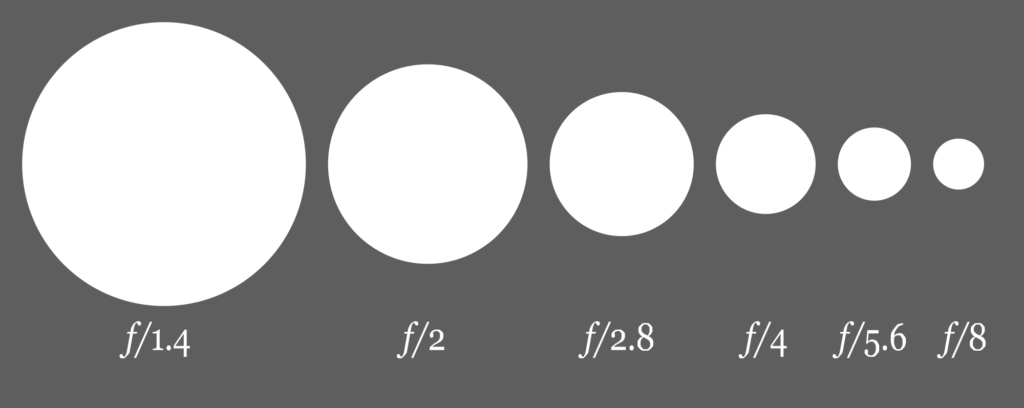In this film basics tutorial, we are going to break down the concept of the aperture, F-stop, and how it affects depth of field. Getting to know these functions will help you to become better acquainted with your camera. Because if you want to shoot amazing films, you’ll need to understand these fundamentals first. Let’s dive in!
Aperture, F-Stop, and Depth of Field Explained
1. Depth Of Field
First off, let’s discuss depth of field. The depth of field in a shot is the distance in Z-space (forward and back) that things will stay in focus.
Let’s say you are shooting video of a person 20-feet from the camera, and you’ve focused in on them. If you have a shallow depth of field, a pole 10-feet from the camera might be out of focus, as well as an item 30-feet from the camera. On the other hand, if you have a wide depth of field, all of the items may remain in focus.
This concept of depth of field is particularly visible in a kind of shot called a rack focus. Here the camera operator will focus on one item, say close to the camera. Then, they will quickly change the focus to another item far away, and the original item will go out of focus. They are playing with the depth of field here.
2. Aperture
The aperture is the opening in the lens where light enters and hits the sensor for your image. You can think of it like your eye. If your eye is open, more light will get to your retina. If it’s mostly closed, less light will come in.
Aperture dictates how much depth of field you will have in your shot. A large aperture will decrease the depth of field and a small aperture will provide a larger depth of field.
Keep in mind that aperture is measured in f-stops and the larger the aperture, the smaller the f-stops. Not sure what f-stops are? We’ve got you covered.

3. F-Stop
If the aperture is the opening, the f-stop is a representation of the size of the opening in the aperture. Sort of like how your eyelids work. Or, perhaps a better representation is how your pupil will widen and narrow-based on the amount of light in a space.
F-stops range anywhere from 1 to 32 on most cameras. But the thing to remember is that a lower f-stop allows more light in, and a larger f-stop allows less light. One way to remember this is to think of an f-stop of 1 as 1 whole open aperture. All of the other f-stops are fractions of that 1 whole.
How does this affect the depth of field? Generally speaking, the more light that comes in, the shallower the depth of field. If you want a wide depth of field, one where most everything is in focus, you want less light, and therefore a higher f-stop setting. But if you want a shallow depth of field, you’ll allow more light in by setting a lower f-stop setting.
If you can’t remember the very opposite sounding nature of f-stop to light, just remember that higher f-stop equals a higher (or wider) depth of field. However, also keep in mind that a higher f-stop means less light, so make sure you have enough light to work with or your shot might be too dark.
We hope that a few of these film basics down — understanding aperture, f-stop, and depth and field — you can begin to elevate your camera work. Can’t wait to see what you create!



























